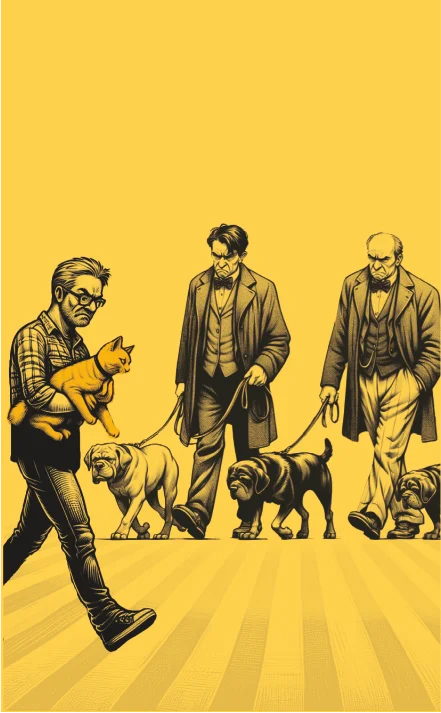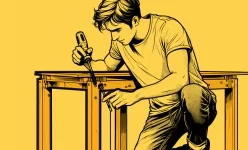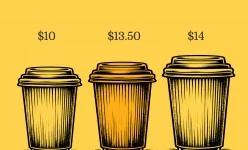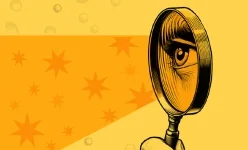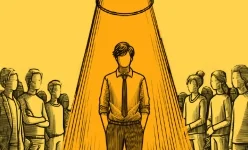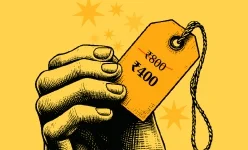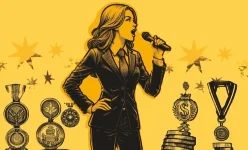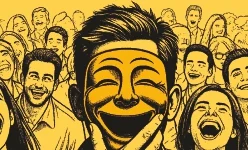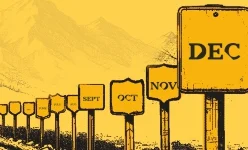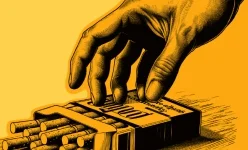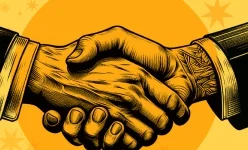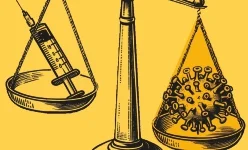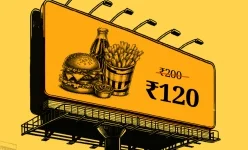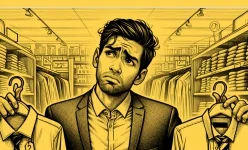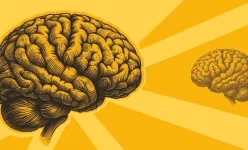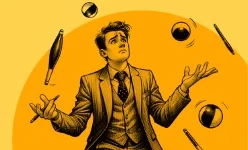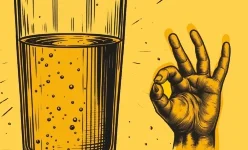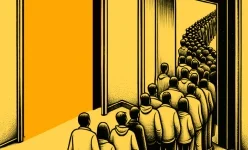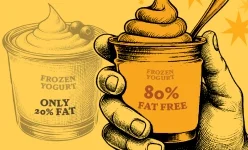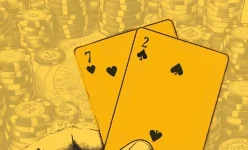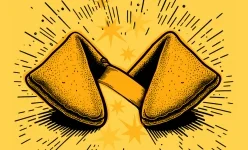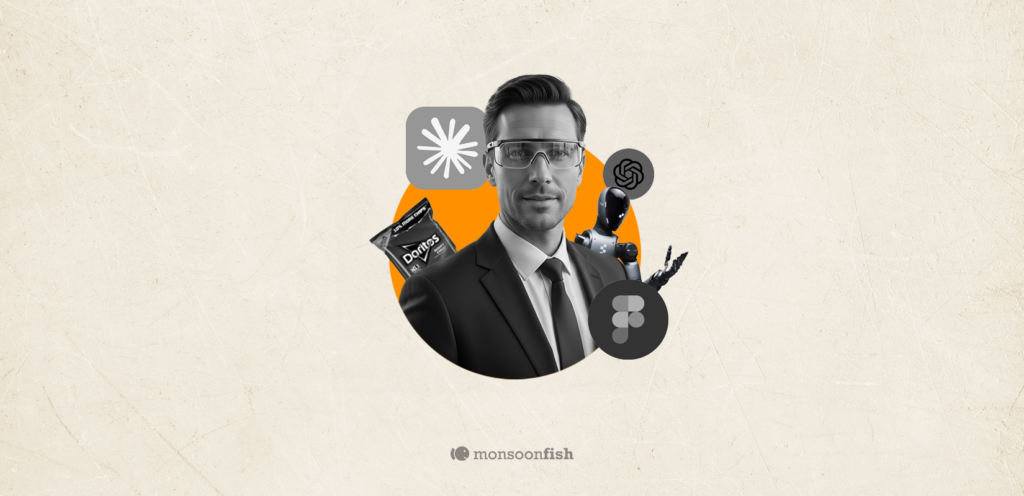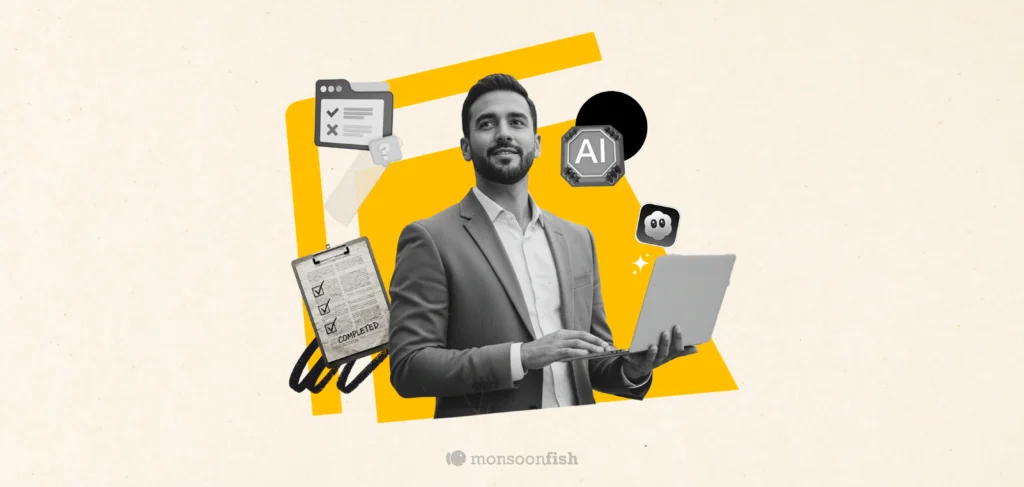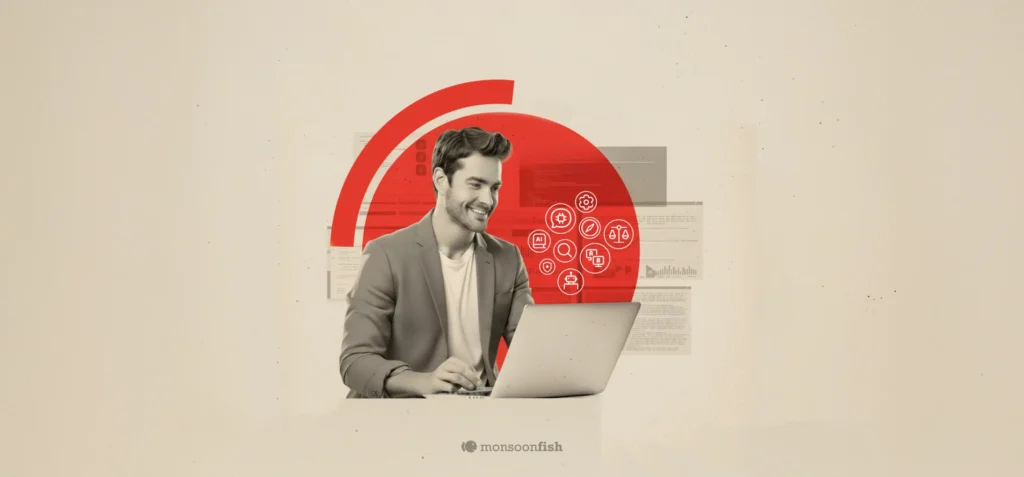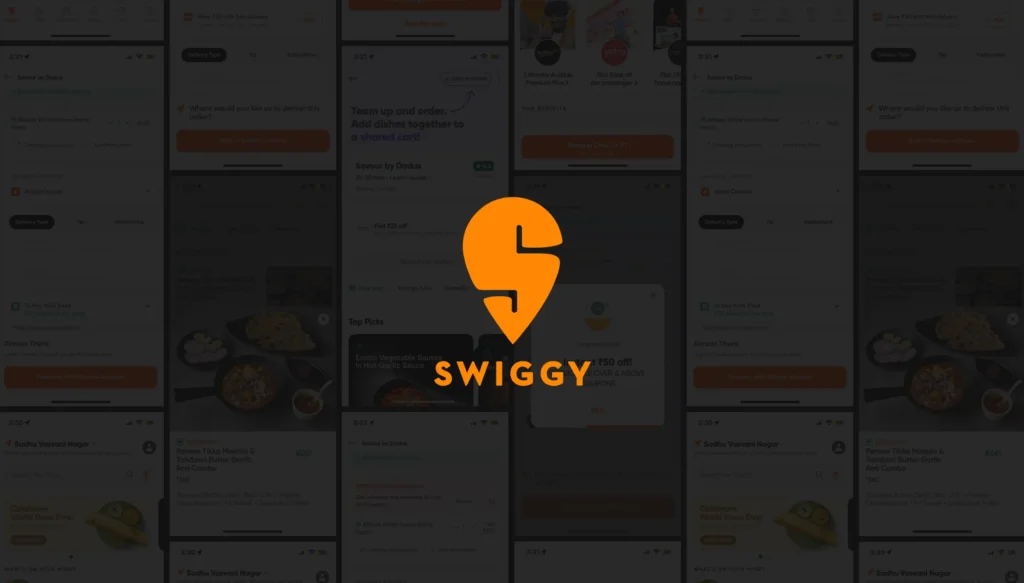Ingroup Bias
The tendency for individuals to favor and show preference to members of their own group over members of other groups.
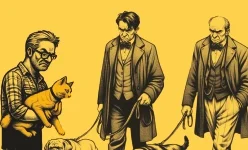
Ingroup Bias
At Orion Tech, two teams worked side by side—Team Alpha and Team Beta. Both handled similar projects, but their friendly rivalry often turned into strong team loyalty.
When a new company-wide project was introduced, employees were asked to vote on two different strategies—one proposed by Alpha, the other by Beta. Even though Beta’s plan had clear advantages, Team Alpha members still voted for their own proposal. “Our team has never let us down before. Why would we support Beta’s idea?” they reasoned.
Meanwhile, Team Beta did the same—backing their strategy not because it was better, but because it was theirs.
The leadership noticed this divide and introduced anonymous voting for future decisions. Without knowing which team proposed each idea, employees focused on the best solution rather than group loyalty. The results? More collaboration, better ideas, and a stronger company overall.
This is Ingroup Bias—the tendency to favor one’s own group regardless of merit. Whether in workplaces, communities, or even sports teams, people naturally trust and support those they identify with. While loyalty can be positive, it’s important to step back and evaluate ideas objectively, rather than just based on who proposed them.
Contents
CATEGORIES
